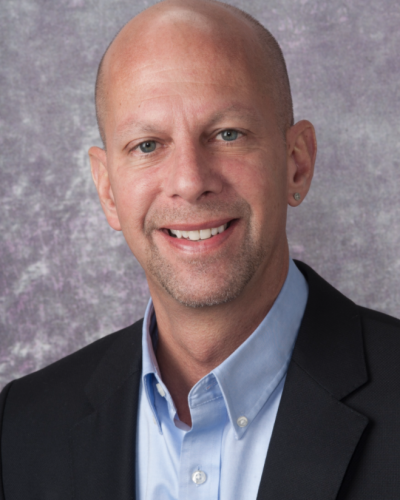Our research has found that there are several potential barriers to donation that may be unique to, or more prevalent in, this younger group. These include fewer financial resources, childcare issues, work commitments, school commitments, and a sense that parents/family might worry about donation-related consequences. These are all important issues to address to try to enhance availability among this group and creative solutions are needed. Things like sending nurses directly to potential donors to administer pre-donation medications, assisting with provisions for childcare, contacting employers directly to explain the importance of donation and paying for workdays missed, and scheduling donation (if possible) around required school activities are some possibilities.
The second part of the question is about recruitment contexts. We know that in the US, the two main contexts in which younger individuals join the registry are at college events and online. Joining at a college/university is associated with less availability and joining online is associated with greater availability for reasons discussed in previous responses. College campuses are a fertile recruitment setting and recruiting on campuses also enhances diversity of the registry – we would not want to eliminate this as a potential recruitment setting. An interesting finding from our research is that on-campus recruitment is often targeted to or in proximity of athletic teams/athletes. Our qualitative research findings suggest that this group may also may have elevated concerns about how donation could impact their ability to perform their sport (recovery, long-term effects, timing of donation would coincide with their sport’s season/event). These college student athletes have been working on their sport for a long time and college athletics may be the culmination of their career and their way for paying for part of their education. Finding ways to address concerns among this group is important. Ultimately, we may need to take extra care that individuals recruited on campus are committed to donation. A possible strategy that I mentioned above is to have a two-step process that requires an online activation and commitment affirmation after the live-drive campus recruitment.
